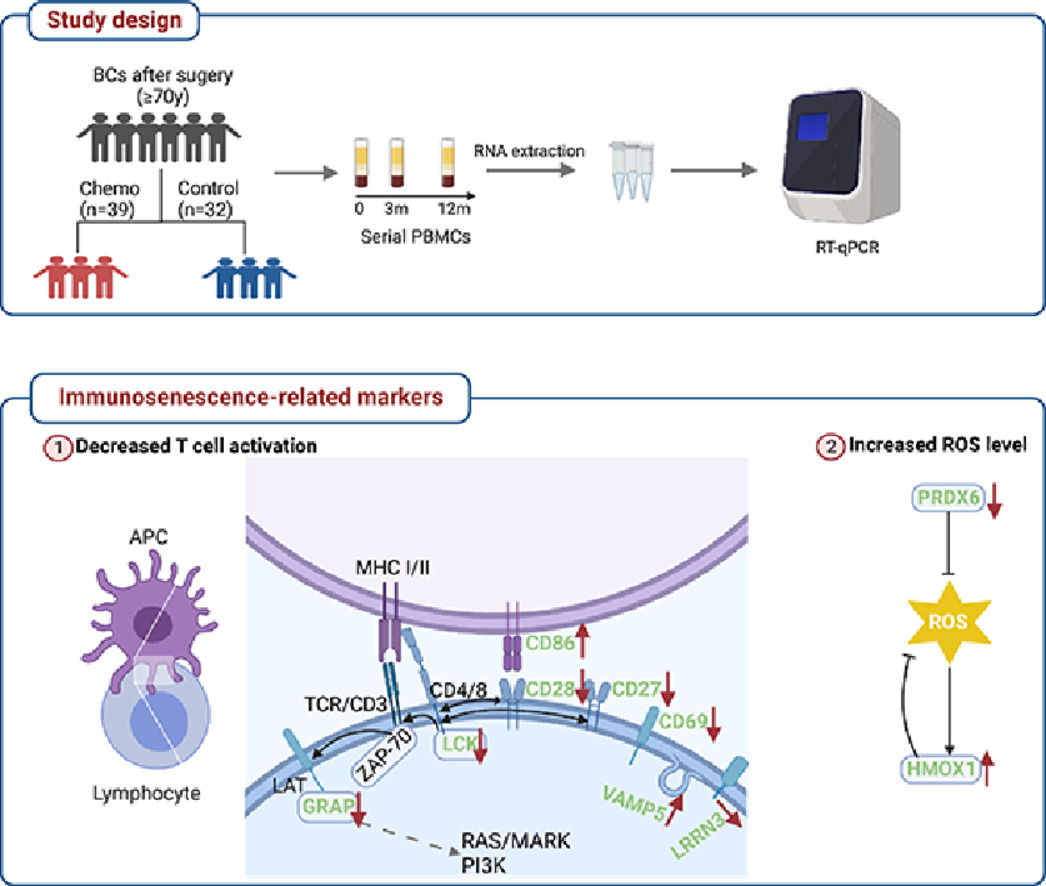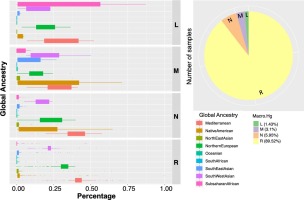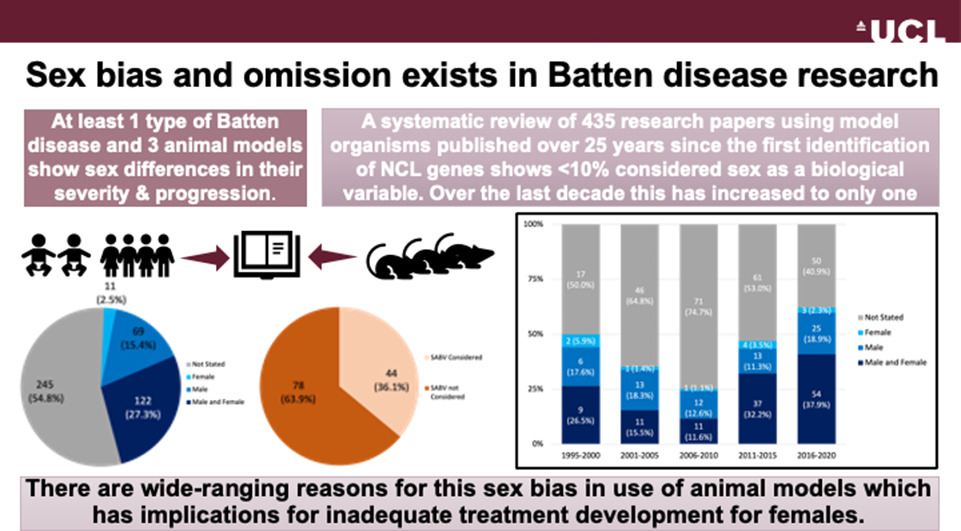Elsevier,
The Lancet Healthy Longevity, Volume 3, November 2022
This Personal View makes a contribution to Sustainable Development Goal 3 by summarising the advances is early detection, drug development, and trial methodology which the authors argue should be used in brain health clinics to develop new therapies for Alzheimer's disease.
Elsevier,
Mutation Research - Genetic Toxicology and Environmental Mutagenesis, Volume 883-884, 1 November 2022
This manuscript provides an overview of studies exploring cognitive dysfunction related to DNA damage due to biological ageing process, cancer treatment, adverse environmental or occupational exposures, and prenatal genotoxic exposure.
Elsevier,
Free Radical Biology and Medicine, Volume 193, 20 November 2022
DNA glycosylase Neil3 leads to sex-specific differences in AD. Neil3 increases plaque deposition in female APP/PS1 mice. Neil3 promotes hippocampal neurogenesis and working memory in male APP/PS1 mice. Neil3-dependent DNA damage accumulation does not correlate with AD pathogenesis.
Elsevier,
Mitochondrion, Volume 67, November 2022
Based on current studies, the incidence of Ewing sarcoma (ES) varies significantly by race and ethnicity, with the disease being most common in patients of European ancestry. However, race/ethnicity has generally been self-reported rather than formally evaluated at a population level using DNA evidence. Additionally, mitochondrial dysfunction is a hallmark of ES, yet there have been no reported studies of mitochondrial genetics in ES. Thus, we evaluated both the mitochondrial and nuclear ancestries of 420 pediatric ES patients in the United States using whole-genome sequencing.
The Lancet Global Health, available online 11 October 2022, in press.
An Article in support of SDGs 3, 5, and 10, showing that effective cataract surgical coverage varies widely between countries, increases with greater income level, and is higher in men.
Elsevier,
Theriogenology Wild, Volume 1, 2022, 100011
It is important to learn how to manage Asian male elephant reproductive behaviour for the long-term sustainability of the species. The authors provide important information that can be directly applied to improving the well-being of elephants and other wildlife.




